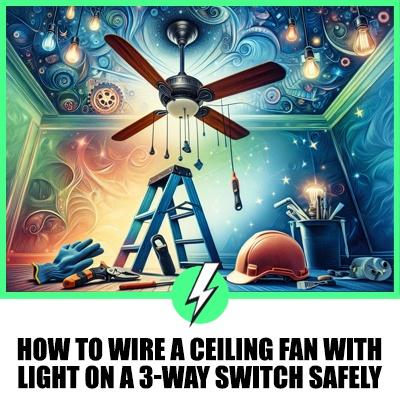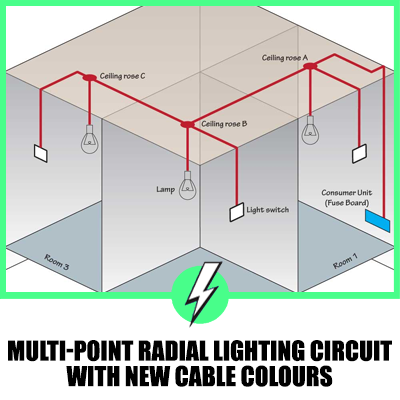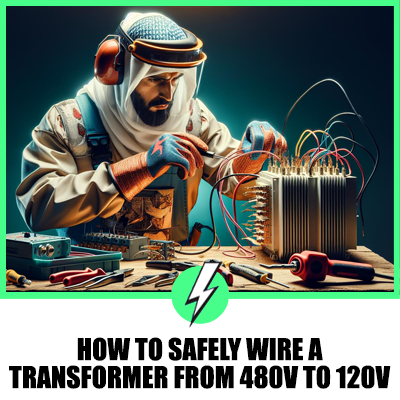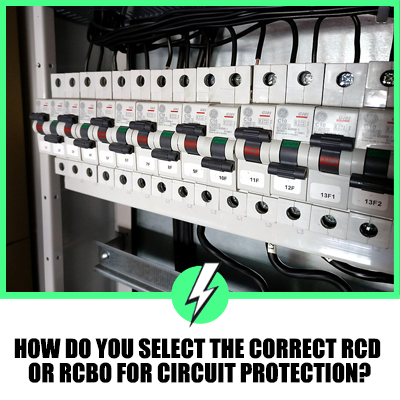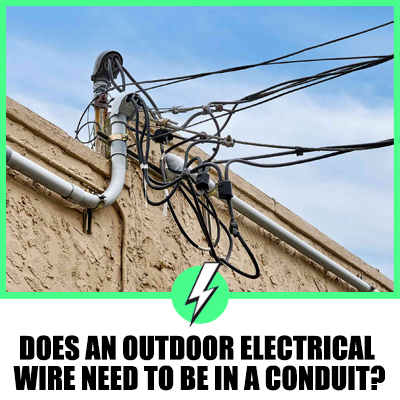How to Wire a 220V Plug with 3 Wires
Ever felt intimidated by the thought of wiring a 220v plug with just 3 wires?
Fear not! With a bit of guidance, this task is more approachable than it seems. Whether it’s for a shiny new appliance or a crucial repair, understanding the basics is key to a safe and successful installation.
Well, we’ll be going over:
- How can you understand the wiring requirements for a 220v plug?
- What are the steps to identify the different wires and prepare them for connection?
- How do you correctly connect the wires to the plug and test the connection to ensure safety and efficiency?
Let’s dive in.
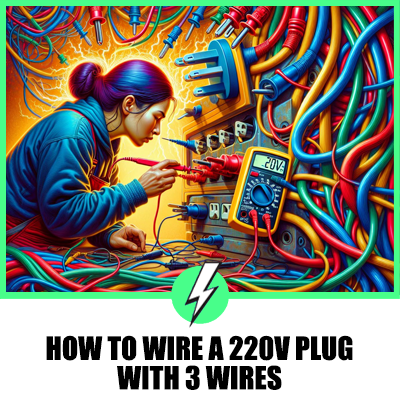
Contents
Understanding the Wiring Requirements
When you’re gearing up to wire a 220v plug with 3 wires, it’s crucial to grasp the wiring requirements fully.
Safety should always be your top priority, so understanding the specifics can prevent potential hazards.
Firstly, identify the type of plug and outlet required for your appliance. Different appliances may have varied requirements depending on their power needs.
Generally, a 220v system in a residential setting will use a three-wire configuration: one live (hot), one neutral, and one ground wire.
Ensuring you have the correct gauge of wire is critical. For most 220v appliances, a 10-gauge wire is suitable, but this can vary based on the appliance’s amperage.
Check your appliance’s manual or consult with a professional if you’re unsure.
Lastly, familiarize yourself with your home’s electrical panel. You’ll need to know how to safely install a new circuit or work with an existing one.
This involves turning off the power, verifying the absence of voltage, and properly connecting wires to the correct terminal.
By keeping these key considerations in mind, you’re on the right path to successfully wiring your 220v plug.
Remember, when in doubt, it’s always best to seek professional advice to ensure the safety and functionality of your electrical installations.
Identifying the Different Wires
When wiring a 220v plug with 3 wires, knowing each wire’s purpose is crucial for a safe installation.
Typically, you’ll find one neutral wire, one live (hot) wire, and an earth (ground) wire. Here’s how to identify them:
- Live wire (hot): Usually black or red, carrying the current to the appliance.
- Neutral wire: Often white or grey, completing the circuit by returning the current.
- Earth wire (ground): Green, green-yellow, or bare copper, providing safety by grounding the electrical circuit.
Remember, the colour coding might vary, so it’s essential to check your local regulations or consult with a professional electrician.
Identifying these wires correctly ensures not just the functionality of your appliance but also the safety of your home.
Strip and Prepare the Wires
Before you connect the wires to the 220v plug, it’s essential that they’re properly prepared. Start by carefully stripping about 3/4 inch of insulation from the ends of each wire.
Use a wire stripper for accuracy and to avoid damaging the wire itself. After stripping, twist the strands of each wire tightly to ensure a solid connection.
Next, inspect the stripped wires. They should be free of nicks or frays. Damaged wires can lead to unsafe connections, potential short circuits, or even fires.
If you spot any damage, cut the wire back to a undamaged section and strip it again.
Finally, check that the wire ends are clean and ready for installation. Any dirt or corrosion can impede the electrical connection.
Gently wipe the wire ends with a clean cloth if necessary. Proper preparation of the wires ensures a secure and safe installation process, allowing for optimal performance of your appliance.
Connecting the Wires to the Plug
Now that you’ve prepared your wires, it’s time to connect them to the 220v plug. Begin by loosening the screws on the plug’s terminals.
Generally, a 220v plug with 3 wires will have markings or color codes; live (L), neutral (N), and earth (E). It’s critical that each wire is connected to its corresponding terminal.
The live wire is typically brown, neutral is blue, and earth is green and yellow.
Insert each wire into its respective terminal, ensuring that no stray strands are left hanging out. This could cause a short circuit or fire.
Tightening the screws securely is crucial to hold the wires firmly in place. However, avoid overtightening as this can damage the wires.
After connecting the wires, carefully fit the back cover of the plug. This is to protect the connections and to ensure that the plug is ready for use. Remember, a properly wired 220v plug is crucial for the safety and efficiency of your appliances.
Testing the Connection
After you’ve successfully connected your wires to the 220v plug, it’s crucial to test the connection to ensure everything’s in order.
This step is instrumental in preventing electrical hazards and ensuring the safety and functionality of your appliance.
Start by using a multimeter, an indispensable tool for this task. Set the multimeter to measure voltage and attach its leads to the plug’s terminals.
You’re aiming to see a reading that corresponds to your region’s voltage standard, typically around 220 volts. If the reading deviates significantly, it’s a clear indicator that something’s amiss in the connection.
Additionally, you might want to perform a continuity test. This involves setting the multimeter to its continuity setting and touching the leads to the earth wire and one of the other wires.
The multimeter should not beep; if it does, there’s likely a short circuit, and you’ll need to re-examine your connections.
Remember, safety is paramount. Ensure that the plug is not connected to a power source while performing these tests.
Properly executed, this testing phase will give you peace of mind, knowing that your 220v plug connection is secure and ready for use.
Conclusion
Wiring a 220v plug with 3 wires might seem daunting at first but following the steps outlined ensures a safe and secure connection.
Remember to match the wires to their respective terminals carefully and secure the plug’s back cover firmly. Testing your work with a multimeter is crucial to confirm the safety and correctness of your connections.
It’s not just about getting the job done but ensuring it’s done right. Safety should always be your top priority. With the right approach and attention to detail you’ll have a functional 220v plug connection that stands the test of time.
